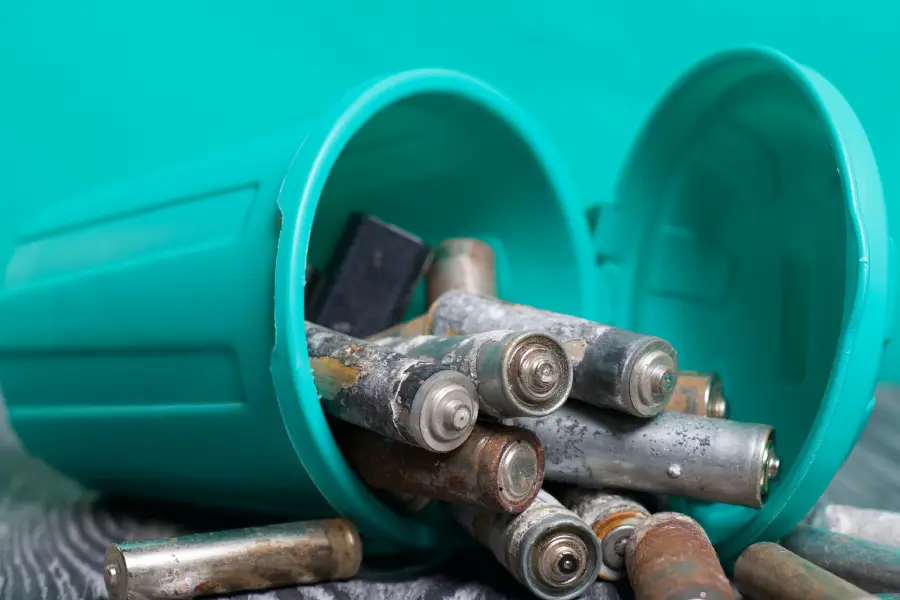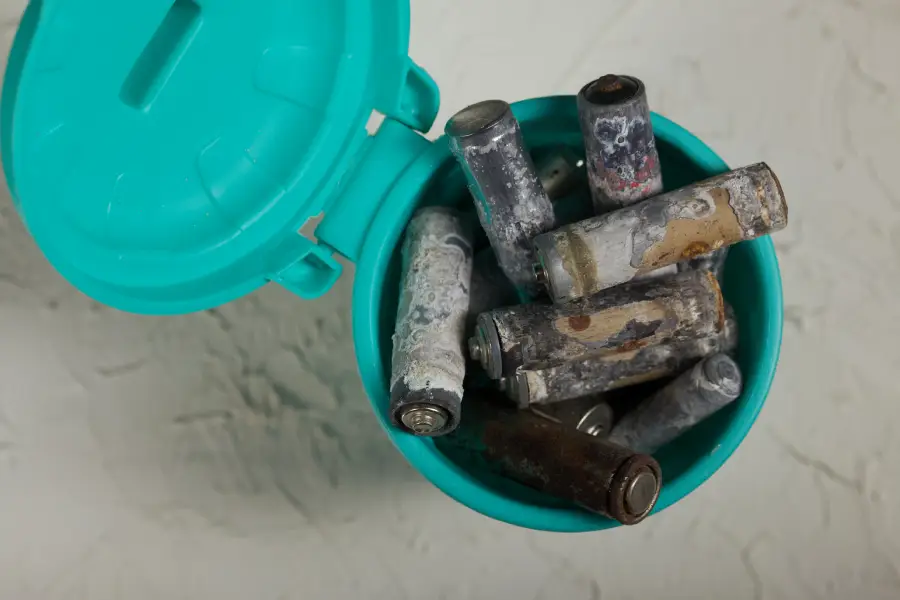Understanding the Impact of Different Batteries on Waste Management
In today’s world, batteries play a crucial role in powering our lives. Yet, their disposal can greatly affect junk removal services. Different battery types require unique handling due to hazardous materials they may contain. As these batteries become more common, understanding their impact is vital for efficient waste management. This article explores how various battery types influence junk removal processes and why it matters to everyone involved.

Various Battery Types and Their Characteristics
Batteries come in several forms, each with distinct features. These include alkaline, lithium-ion, nickel-cadmium, and lead-acid batteries. Alkaline batteries are often used in household items like remote controls and toys. Lithium-ion batteries power mobile devices and electric cars. Nickel-cadmium batteries are found in cordless phones and power tools, while lead-acid batteries start vehicles and store energy in solar systems. Understanding these differences is key to proper waste handling.
The Importance of Handling Different Battery Types Correctly
Proper handling of batteries is essential to avoid environmental harm. Incorrect disposal can release toxic chemicals into the soil and water, posing risks to both humans and wildlife. Recycling facilities have specific protocols for Battery Disposal to safely manage these materials. Ignoring these guidelines may lead to fines or legal issues for businesses offering junk removal services. Thus, knowing how to deal with different battery types ensures compliance and safety.

Challenges Faced by Junk Removal Services
Junk removal services face challenges when dealing with diverse battery types. One major issue is identifying and sorting batteries correctly, as mixing them can be hazardous. Another challenge is educating clients about safe disposal practices. Services need clear communication strategies to ensure customers understand the risks of improper Battery Disposal. Lastly, logistics such as transporting batteries safely add complexity to their operations.
Solutions for Efficient Battery Management
To tackle these challenges, junk removal services can adopt certain strategies:
- Invest in staff training on battery identification and handling procedures.
- Create informative material for clients on safe battery disposal practices.
- Establish partnerships with recycling centers for secure transfer of batteries.
- Implement regular audits to ensure compliance with regulations.
Best Practices for Safe Battery Handling
Following industry best practices is essential for managing batteries effectively. Services should always separate batteries from other waste materials. Using appropriate containers that prevent leakage or short circuits is another priority. It’s also important to stay updated on local laws regarding battery disposal and integrate those guidelines into everyday operations. These steps help minimize risk and ensure the safety of both workers and the environment.
The Costs Involved in Proper Battery Disposal
While ensuring safe battery disposal might seem costly initially, it offers long-term savings and benefits. Proper disposal avoids potential legal fees from violations. It also builds trust with eco-conscious clients who prioritize sustainable practices. Cost considerations include transportation fees, recycling center charges, and educational material development. However, balancing these costs against the value of brand reputation and regulatory compliance highlights the importance of investing in proper disposal methods.
Your Partner in Responsible Waste Management
Efficient battery disposal isn’t just about following rules; it’s about commitment to sustainability and public health. By choosing Sesona Family Hauling, you’re partnering with experts dedicated to responsible waste management. Based in Loves Park, IL, I offer services tailored to meet all your needs safely and effectively. Contact me at (815) 253-3117 today to learn more about how we can assist you with your battery-related concerns.
